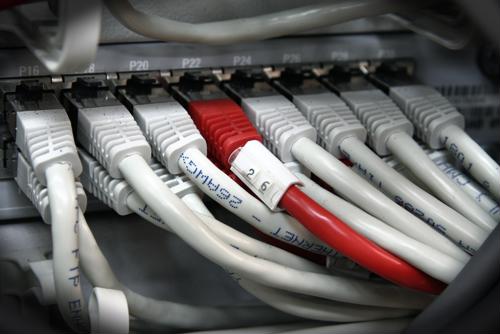
Tips on surviving your company's next data center consolidation
By Donna DonnowitzNovember 20, 2015
In 2010, the U.S. government passed the Federal Data Center Consolidation Initiative, which aimed to significantly reduce the total of 9700 qualifying data centers by shrinking architecture and combining facilities to create more cost-effective arrangements. Five years later, only a fraction of the government agencies that fell under the jurisdiction of the mandate have followed through with meeting the new consolidation requirements. Even more troubling is the fact that the U.S. government has uncovered even more data centers in need of consolidation than it originally calculated.
According to Data Center Dynamics, a total of 2000 additional data centers have recently been added to list of total data center in need of consolidation. Combined with lackluster response from a long list of agencies, this development puts the federal government further behind on its reported consolidation goals than when the initiative was originally signed into law.
This embarrassing miscalculation speaks to the excess amounts of planning and preparation that must go into data center consolidation efforts. Without the right strategy, investments in the right tools and technology, consolidation strategies are doomed from the start. Avoid the following data center consolidation pitfalls to ensure your operation goes off without a hitch.

Avoid beginning consolidation until the fulls cope of the project has been adequately discussed.
Insufficient preparation leads to missteps and redos
The government's failure to account for thousands of data centers is a gross oversight that has already undermined the 2010 initiative to an embarrassing extent. Likewise, IT teams can find themselves pouring energy and resources into counterproductive consolidation efforts without sufficient preparation.
Network World stressed the importance of accounting for technical, financial and cultural issues before moving forward on the company's consolidation plan. Unless a full examination of projected positive outcomes and risks can be performed, performing a consolidation is risky business.
Attempting consolidation without data recovery creates unnecessary risk
As a rule, data center managers know that data recovery is a top priority. Unfortunately, many forget to apply that maxim during consolidation. Assuming everything will go right during a big data center reorganization is the first step that IT staff can take toward setting themselves up for failure. That's why unique disaster recovery strategies must be sketched out for each step of the consolidation, including the final configuration. Creating these plans, and sticking to them, ensures that an unexpected disruption won't sink the company.
"Failure to document changes could come with considerable consequences."
Poor documentation means logistical problems now and compliance issues later
Even the simplest data center consolidation involves numerous moving parts. Not keeping a close eye on this step-by-step procedure can create confusion in the present and even warrant an audit in the future. This is especially true if consolidation requires the team to store secure customer data or financial records in a new location. Failure to document this change could come with considerable consequences when the staff discovers holes in the data at the new facility.
New problems manifest when tackling multiple operations simultaneously
CIO warned that each step in the consolidation process must be performed separately. Attempting to take on too much of the project at makes documentation more difficult and divides the attention of IT experts as they perform the careful task of performing consolidation without disrupting network operations.
For example, integrating a serial server as a means of virtualizing servers right after shipping architecture from one space to another will inevitably create more confusion than convenience. Performing the hardware upgrade then making the move, or visa versa, will make both tasks much simpler. Remember these principles when your data center looks to perform its own consolidation.
Perle's serial to Ethernet converters connect serial based equipment across an Ethernet network. The Perle IOLAN range of Console Servers, Device Servers and Terminal Servers feature built-in support for IPv6 along with a broad range of authentication methods and encryption technologies.



